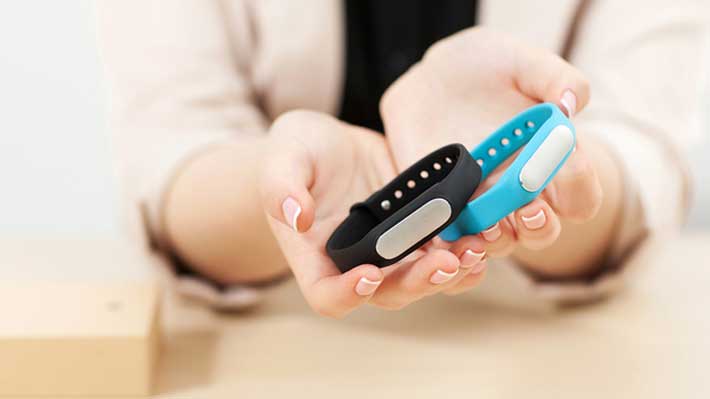How to Use Activity Trackers as a Member Retention Tool
However, a growing body of evidence suggests that mutual benefits exist for both fitness tracker users and gyms when these devices are integrated into the delivery of fitness. Here's a closer look at why wearable technology may become instrumental to member retention for your facility.
The Benefits of Activity Trackers
Activity trackers measure everything from movement to sleep to nutrition. In doing so, they help users become more focused in achieving their health and wellness goals.
Said Walter R. Thompson, Ph.D., FACSM, the lead author of ACSM study and associate dean in the College of Education & Human Development at Georgia State University, "Technology is now a must-have in our daily lives. Everyone can easily count steps or calories burned using a wearable device or a smartphone. The health data collected by wearable technology can be used to inform the user about their current fitness level and help them make healthier lifestyle choices."
Making the Most of Activity Trackers
But not so much, as it turns out, on their own. In fact, a recent article published in ACSM's Health and Fitness Journal, sought to answer the question, "Could wearable ATs be a more economical and effective way to attract participants who may be part of the majority not currently participating in a fitness facility-based program?" Its findings? With fitness technology positioned for massive growth in the imminent future, retention-forward fitness facilities should leverage this for their own growth. Specifically, concludes the article,
"More fitness professionals and fitness centers should consider using ATs because they present a tremendous opportunity to facilitate physical movement within the population of people who remain unreached by our traditional delivery of fitness."
Why are activity trackers so successful in the context of fitness centers? For starters, classes which incorporate fitness trackers can help members learn how to use their devices. Said Carol Kennedy-Armbruster, one of the study's authors and senior lecturer in the Department of Kinesiology at Indiana University, "What I learned is the tech industry overestimated our ability to use these devices...We spent a lot of time teaching the participants how to use them."
The ability to use fitness trackers, and the data they deliver, is uniquely empowering, and can vastly enhance a fitness professional's ability to support their clients while simultaneously boosting the trainer-client relationship.

Fitness trackers incorporated into fitness center environments also hold users accountable -- to themselves, other participants, and instructors. In doing so, they facilitate a feeling of community, which can trigger increased participation across classes and training sessions.
Ultimately, people invest in fitness trackers to lead healthier, more active lives. This is also why they join gyms. The alignment between the two reveals a perfect storm of opportunity for gyms looking to help their members reach their goals while improving retention toward a better bottom line. Download the Accurofit catalog today to learn about more ways to meet the needs of your members.




Join the conversation